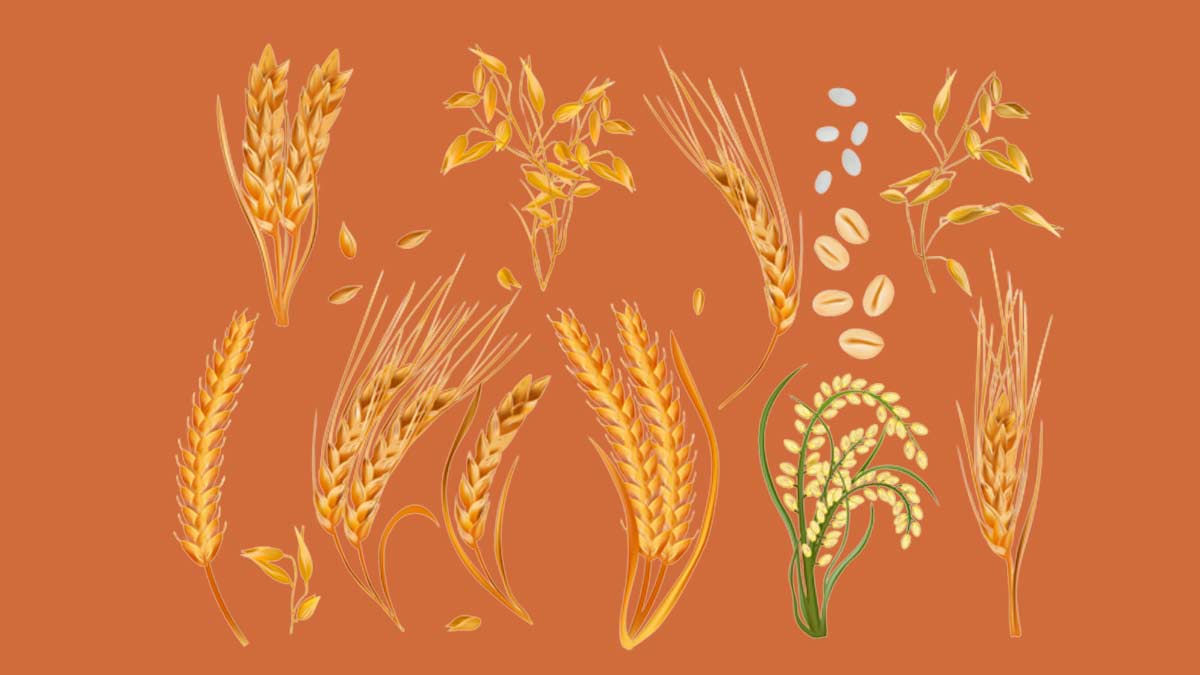
Jowar, Bajra, Ragi, And Other Types Of Millets And Benefits Of Adding Them To Your Diet
While announcing the budget 2023-24, Nirmala Sitharaman, finance minister of India, introduced millets as Shree Anna, the ‘mother of all grains’. She stressed the importance of adding them to your diet and how India is among the top five nations exporting millets around the globe.
We connected with Dr Meghana Pasi, nutritionist consultant, My Thali, Arogya World, to understand the types of millets you can add to your diet and what are the advantages of it.
Types Of Millets

Some of the popular options in millets include finger millet (ragi), pearl millet (bajra), foxtail millet (kangni), sorghum (jowar), proso millet (barre), etc. She added that these have been staple food items in India for centuries.
She said, “A millet is a C4 plant, which means that it has good water-use efficiency and utilizes high temperature and is therefore a summer crop.” It can tolerate drought and is mostly grown in arid or semi-arid regions.
The nutritionist said that millets are also called ‘nutri-cereals’ because of their high nutritional values.
What Are The Benefits Of Eating Millets?
Millets Help With Constipation (Is Millet Good For Constipation?)
Millets are considered one of the best sources of dietary fibre. They help people who often suffer from constipation (Diet For Constipation). They contain vitamins like thiamin, niacin, folic acids, and riboflavin. These grains are also loaded with iron magnesium, calcium, and phosphorus.
Millets For Weight Loss
Millet helps people who often suffer from constipation. They help you feel full for a long time and reduce cravings. Thus, if you are watching your weight or trying to lose it, you must add millet to your diet.
Millets Reduce Risks For Chronic Diseases
Since millets are rich in antioxidants, they protect the cells in our body from oxidative stress. Hence, adding millet to your diet can help you reduce the risks of chronic diseases.
Millets Are Gluten-Free (Are Indian Millets Gluten-Free?)
Dr Pasi said that millets are naturally gluten-free (Gluten-free Diet). Therefore, they are the best options for people trying to manage celiac disease or gluten sensitivity. Bajra or pearl millet is among a few options that help to manage the alkaline levels of the stomach and reduce the chances of getting stomach ulcers or help you find relief from the symptoms.
Millets Promote Heart Health

Millets are rich in potassium and magnesium. If you eat them every day, they can help you keep your blood pressure in check. Hence, it reduces the risk of heart attacks. They contain phytonutrients and lignin which are associated with reducing risks of heart diseases.
Millet Are Good For Diabetic Patients
Since millets have a low glycemic index, they are considered good for the health of diabetic patients. They help to control blood sugar levels.
Millets Complete Protein Requirements
Many non-vegetarians say that vegans and vegetarians do not have many options to consume the optimum amount of protein required by the body in a day. However, people do not know that millet is considered an excellent source of protein.
Don't Miss: Get Immediate Constipation Relief With These 5 Foods
Millets Lower Risks Of Cancer
According to Dr Pasi, sorghum contains phenolic compounds and fibre. These nutrients have been found to reduce the risks of esophageal cancer.
Don't Miss: Expert Shares 7 Seeds And Nuts That Improve Your Fertility
How To Add Millets To Your Diet?

If you want to remain healthy and looking to lose weight while managing your sensitivity towards gluten, Dr Pasi suggested replacing wheat and rice with millet at least thrice a week.
You can try millet roti, upma, khichdi, dosa, chilla, idli, etc. Anything that initially involves the use of rice or wheat can be tweaked with millet.
Stay tuned to HerZindagi for more.
Also watch this video
Herzindagi video